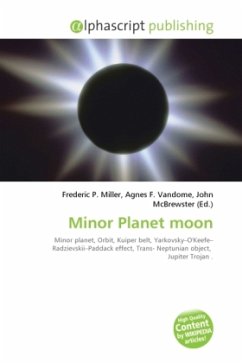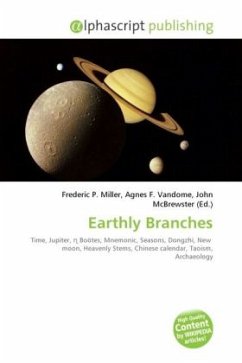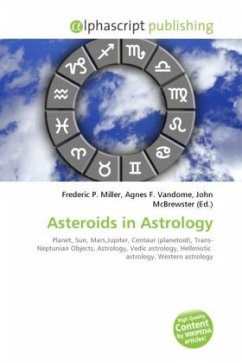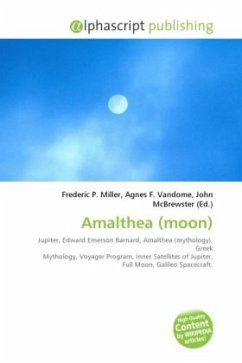High Quality Content by WIKIPEDIA articles! In antiquity the classical planets were the non-fixed objects visible in the sky, known to various ancient cultures. The classical planets were therefore the Sun and Moon and the five non-earth planets of our solar system closest to the sun (and also closest to the Earth); all easily visible without a telescope. They are the Sun, Moon, Mercury, Venus, Mars, Jupiter, and Saturn. The name planet comes from the Greek term , plan t s, meaning "wanderer", as ancient astronomers noted how certain lights moved across the sky in relation to the other stars. They called these objects asteres planetai, or wandering stars. Together they form the seven classical planets, as well as the names of the seven days of the week - Sun-day, Moon-day, Saturn-day, and in Latin, 'Martis' (Mars, Tuesday), 'Mercurii' (Wednesday), 'Iovis' (Jupiter, Thursday) and 'Veneris' (Venus, Friday).
Bitte wählen Sie Ihr Anliegen aus.
Rechnungen
Retourenschein anfordern
Bestellstatus
Storno








